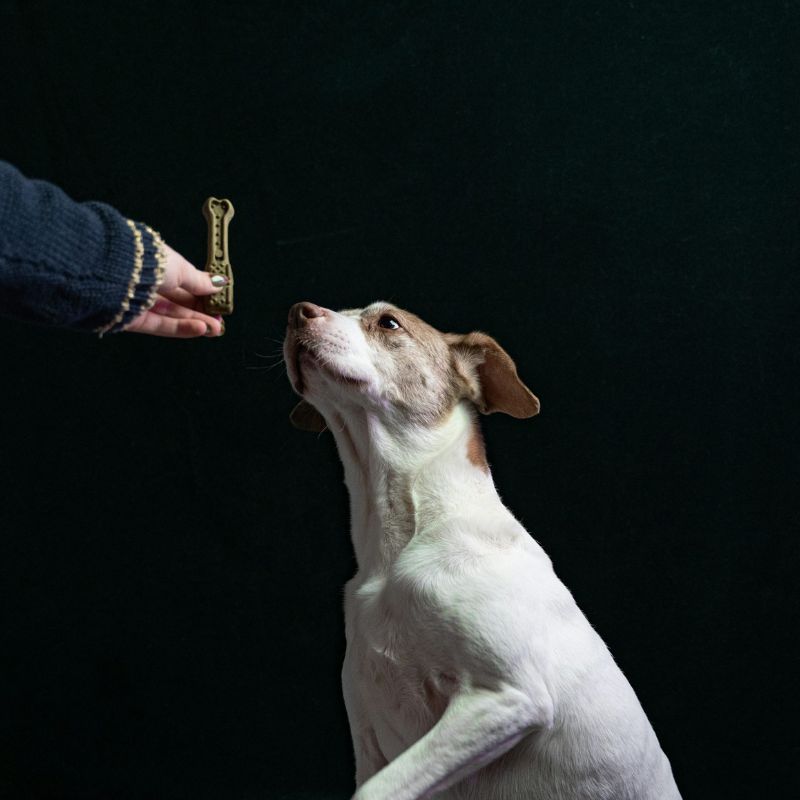Training a dog can be both a rewarding and challenging experience. Whether you’re dealing with excessive barking, teaching basic commands, or trying to protect your shoes from being chewed, having a solid training plan and perhaps a Dog board and train in Carrollwood is essential. As a professional working with Dog Training in Carrollwood, I often get asked about various training techniques. In this blog, I’ll share practical tips and advice on how to handle some of the most common dog behavior issues. Let’s dive in!
How to Stop a Dog from Barking Excessively
Excessive barking is a common issue that many dog owners face. It’s important to understand that barking is a natural way for dogs to communicate, but it can become problematic if it’s too frequent or disruptive.
Identify the Cause: The first step in addressing excessive barking is identifying the cause. Dogs bark for various reasons, including boredom, anxiety, territorial instincts, or attention-seeking behavior. Understanding why your dog is barking will help you address the root of the problem.
Training Techniques:
- Ignore the Barking: If your dog is barking for attention, avoid reinforcing the behavior by giving them attention. Instead, wait until they stop barking before acknowledging them.
- Teach the “Quiet” Command: Start by allowing your dog to bark a few times, then say “Quiet” in a calm and firm voice. Once your dog stops barking, reward them with a treat. Consistency is key here.
- Provide Mental Stimulation: Sometimes dogs bark out of boredom. Ensure your dog gets enough mental and physical stimulation throughout the day with toys, puzzles, and regular walks.
Consistency and Patience: Reducing excessive barking takes time and patience. Consistent training, positive reinforcement, and ensuring your dog’s needs are met can significantly reduce unnecessary barking.
How to Teach Basic Commands Like Sit, Stay, and Come
Teaching your dog basic commands is essential for their safety and your peace of mind. Commands like “sit,” “stay,” and “come” form the foundation of good behavior and can be taught using simple, positive reinforcement techniques.
Teaching “Sit”:
- Use Treats: Hold a treat close to your dog’s nose, then slowly move your hand upwards, causing your dog’s head to follow the treat and their bottom to lower into a sitting position.
- Give the Command: As soon as your dog’s bottom touches the ground, say “Sit,” and give them the treat along with praise.
- Repeat: Practice this several times a day, and soon your dog will sit on command without the need for a treat.
Teaching “Stay”:
- Start with Sit: Once your dog is sitting, open your palm in front of you and say “Stay.”
- Step Back: Take a step back and if your dog stays in place, reward them with a treat.
- Increase Distance: Gradually increase the distance and duration before giving the treat. Remember to practice in different locations and situations.
Teaching “Come”:
- Use a Leash: Attach a leash to your dog and let them wander a short distance away. Say “Come” in an enthusiastic tone while gently pulling the leash toward you.
- Reward: When your dog comes to you, reward them with a treat and plenty of praise.
- Practice Off-Leash: Once your dog responds consistently on a leash, practice off-leash in a secure area.
Practice and Patience: Like all training, teaching these commands requires practice and patience. Be consistent and keep training sessions short and fun to keep your dog engaged.
What Is the Best Way to Train a Dog to Stop Chewing on Furniture or Shoes?
Chewing is a natural behavior for dogs, especially puppies. However, it becomes a problem when your dog starts chewing on your furniture or shoes.
Provide Appropriate Chew Toys: The key to stopping destructive chewing is providing your dog with appropriate outlets for their chewing instincts. Offer a variety of chew toys that are safe and appealing to your dog.
Redirect the Behavior:
- Catch Them in the Act: If you catch your dog chewing on something they shouldn’t, calmly redirect them to an appropriate chew toy.
- Praise and Reward: When your dog chews on the correct item, reward them with praise and treats to reinforce the behavior.
Use Deterrent Sprays: There are several pet-safe sprays available that taste bad to dogs. Spraying these on furniture or shoes can discourage your dog from chewing on these items.
Training Takes Time: Remember, puppies, in particular, go through teething stages, so patience is essential. Consistently redirecting your dog to appropriate chew toys will eventually curb the habit of destructive chewing.
How to Train a Dog to Not Beg for Food
Begging for food can be a challenging habit to break, especially if your dog has learned that begging results in getting a tasty treat.
Establish Boundaries: The first step in stopping begging is establishing clear boundaries. Don’t give in to those puppy-dog eyes!
Training Techniques:
- No Feeding from the Table: Ensure that everyone in the household knows not to feed the dog from the table. Feeding your dog from the table reinforces begging behavior.
- Teach “Go to Place”: Train your dog to go to a designated spot during meal times. This could be a mat or bed away from the dining area. Reward them for staying in their place with a treat once the meal is over.
- Ignore Begging: If your dog begins to beg, ignore them completely. No eye contact, talking, or touching. Wait until they stop before giving them attention.
Consistency is Key: Breaking the begging habit requires consistency. Make sure everyone in the household follows the same rules to prevent mixed signals.
How to Train a Dog to Stay Off the Furniture
If you prefer your dog not to be on the furniture, training them to stay off is important. Here’s how you can do it.
Provide an Alternative: Ensure your dog has a comfortable place to rest, such as a dog bed, so they don’t feel the need to jump on the furniture.
Training Techniques:
- Teach “Off” Command: When you catch your dog on the furniture, say “Off” in a firm but calm voice while gently guiding them off. Once they are on the floor, reward them with a treat.
- Use Deterrents: Some dogs may need additional deterrents, such as placing aluminum foil or a pet-safe deterrent spray on the furniture to discourage them from jumping up.
- Reward the Right Behavior: Whenever your dog chooses to stay on the floor or their bed instead of jumping on the furniture, reward them with treats and praise.
Be Consistent: As with all training, consistency is crucial. Ensure that everyone in the household enforces the no-furniture rule to avoid confusing your dog.
Conclusion
Training your dog to have good manners and follow basic commands is essential for a harmonious home. Whether you’re dealing with barking, chewing, or simply trying to keep your furniture dog-free, the right techniques and consistency are key. Working with professionals in Dog Training Carrollwood or considering a Dog board and train in Carrollwood can provide the guidance and support you need to successfully train your dog. Remember, every dog is unique, so be patient and enjoy the process of building a stronger bond with your furry friend.
If you’re struggling with any of these training challenges, don’t hesitate to reach out for help. Contact a professional Dog Trainer today to get personalized advice and support tailored to your dog’s needs. Your well-behaved, happy dog is just a call away!

